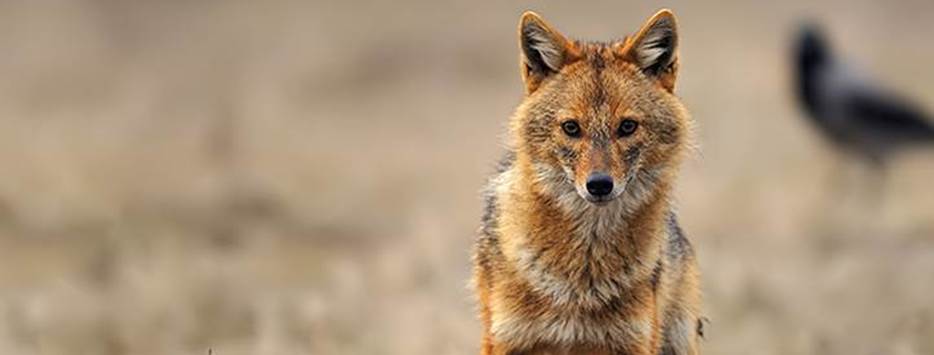DISTRIBUTION PATTERNS AND GENETIC STRUCTURE OF GOLDEN JACKAL IN EUROPE AND ASIA

STUDENT SEMINAR IN BIODIVERSITY AND EVOLUTION

Golden Jackal Canis aureus is one of the most widespread canid species with a range that covers Central and Eastern Europe to Middle East and Southeast Asia. So far there are few genetic studies on golden jackal and those that exist are focused on local studies and not intercontinental or long distances. The objective of this study was to make a compilation of presence records from Eurasian golden jackal across their worldwide range and measure the population structure and genetic diversity of this species in Europe and the Middle East. Results confirm the prehistoric occurrence of jackals on Coastal areas of Croatia and Greece since the Holocene, and a strong recent expansion occurring in Europe over the past decades, where jackals have colonized new areas in Central and Northeast Europe. In Asia, the presence of records were generally older and scarce, but well distributed across the continent from Middle East to Southeast Asia. Genetic analysis revealed a division between European and Asian populations, with Asian populations presenting a higher genetic diversity. The genetic results, together with the presence records and the distribution model confirm that the Asian jackals colonized Europe, apparently in different occasions, with potential corridors located both at the south and north coast of the Black Sea. Besides, the recent expansion of jackals to Baltic region result from dispersal of individuals belonging to both southeast European population and Caucasian populations. Our results also reveal several relict populations, with low genetic diversity, in Coastal Croatia, mainland Greece and Samos Island, which raises the need for regional assessments to access their conservation status need to be preserved. This study contributed for a deeper knowledge on the population history of Eurasian Golden jackals and provided an update global distribution, in relation to the available range information from IUCN.
In 2013, I graduated in Biology by the faculty of Science of University of Porto. Since September 2014, I attend the second year of master’s course in Biodiversity, Genetics and Evolution. I am working in my master thesis in distribution patterns and population structure of golden jackal (Canis aureus) in Europe and Middle East, under the supervision of Francisco Alvares and Raquel Godinho, from CONGEN group.
Image credits: carlogalliani